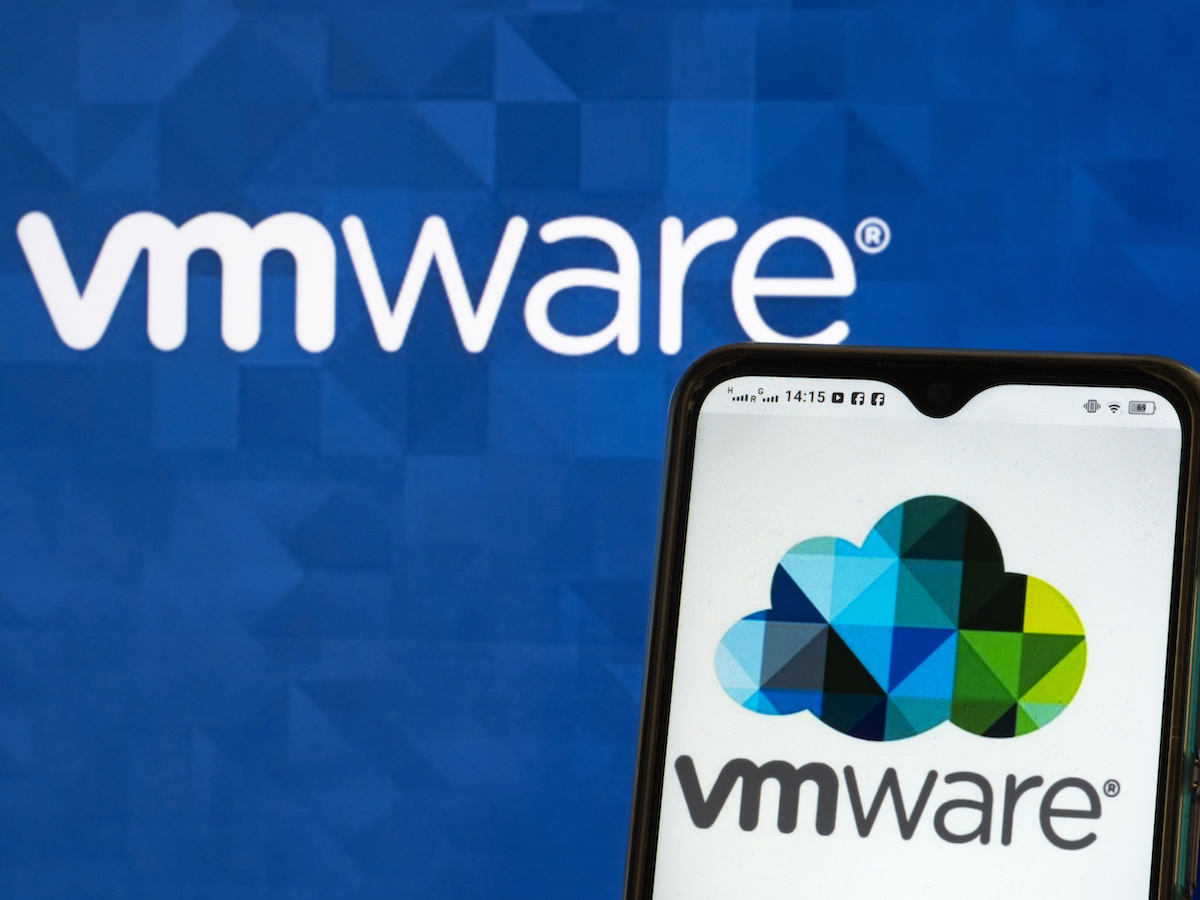
There are many cloud service providers, but even more data centers. Do all these data centers, with countless amounts of underutilized computing power, represent an untapped pool of cloud computing power that could flatten the cloud ecosystem?
That’s according to Kit Colbert, CTO at VMware, who sees a much more decentralized future than currently exists. I recently had the opportunity to speak with him at VMware’s Explore conference in San Francisco last week, where he described the factors that are opening up enterprise computing.
Increasingly decentralized environments
One emerging scenario is applications built around blockchain or distributed ledger technologies, with their ability to enable trust among multiple participants, Kit Colbert relates. “Enterprise blockchain is very well aligned with our focus.”
Today, the focus is on distributed applications that are built and run with cloud-native or Kubernetes-based building blocks. However, the focus is more on decentralized environments today, he noted. Distributed architectures are supported by a single entity, but decentralized architectures are supported by multiple organizations.
Although both architectures support multiple application instances and a shared database, “the big difference is that in a decentralized architecture, different companies will be running some of those instances, instead of being run by a single organization,” he explained.
That means those organizations “probably won’t trust each other completely,” Kit Colbert continued. “That’s where blockchain comes in, to support those kinds of use cases.”
“The Airbnb of computing capacity,” according to Kit Colbert
While decentralized blockchain-based systems still represent a small fraction of VMware’s offerings, Kit Colbert expects that to grow as the technology develops.
Cloud computing itself is a heterogeneous mix, and will remain so. While public cloud computing is a big part of the future for many IT plans, on-premises environments still have their place, Kit Colbert believes.
“Even if a company was born in the cloud or moves to the cloud, we often find that they bring things back to the cloud. Often, for reasons of cost, compliance, security, locality, or sovereignty, it’s better to keep things in-house. Putting everything in the public cloud is not the right solution, keeping everything on premises is not the right solution. Instead, to be smart, you have to say, OK, what are the requirements of the application, and where is the best place to meet all those requirements?”
From a data center perspective, the technologies are now in place to support grid-like cloud resources, using not only cloud provider resources, but also the capabilities of shared private data centers offered in an open spot market – a sort of Airbnb of computing capacity. This includes the ability “to run a virtual machine that can be protected by an administrator,” says Kit Colbert. “We can apply that cryptographically, which we couldn’t do a few years ago, thanks to processor core changes.”
VMware once piloted a “cloud exchange” in which unused capacity in corporate data centers could be sold on an open market. The project was a learning experience for the company and helped identify potential problems,” says Kit Colbert.
Conducted among VMware’s cloud providers and platform partners, the main issue encountered during the pilot was security – moving data to unknown locations. “We can’t write unencrypted data to a hard drive that belongs to another customer,” says Kit Colbert. “That’s a red line – we have to have encryption. We also have to have a way to prevent the operator from accessing the virtual machine or its data, either at runtime or at rest.”
The CTO role is evolving
Providing security also introduces “liability issues for customer operators,” he continues. “They’re not going to want to sign indemnification clauses, and a whole bunch of legal and other things that we might get caught up on as well.”
Kit Colbert also discussed the evolving role of his profession, the chief technology officer, which often overlaps with chief information officers and chief digital officers. “The CTO is one of the least defined roles in the industry,” he believes. “It can be a vice president of engineering, a super sales engineer, an evangelist or a product manager… or it can be more of an individual contributor, more of an influencer, an architect type.”
Kit Colbert oversees innovation, ESG, and the core platforms and services that support the vendor’s business units. “In addition, I provide the overall technical strategy for the company: this is where we should be going as a company, and this is the outline of what we should be doing as a company.”


